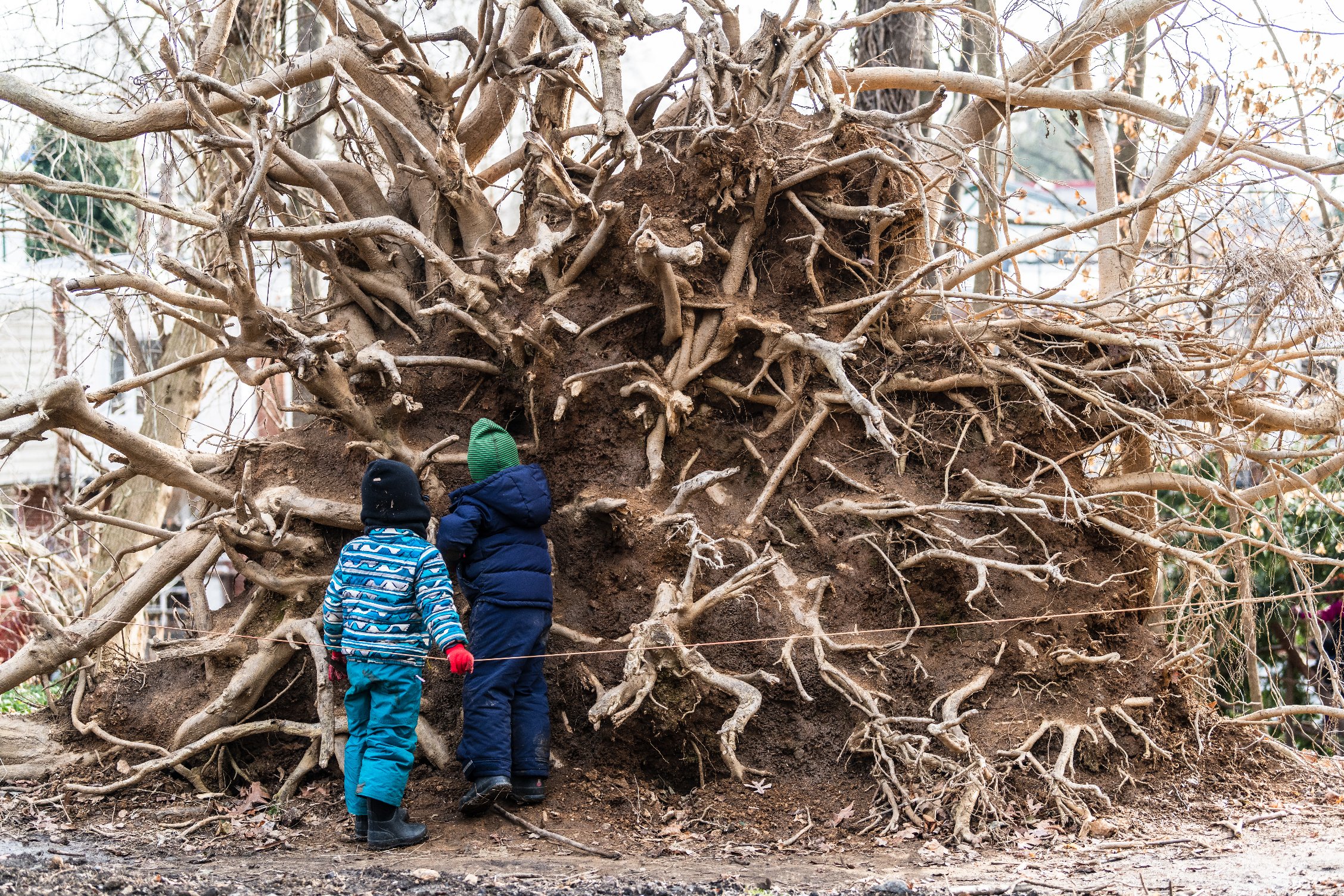Creating a World of Wonder: The Gift of Developing Imagination
In Waldorf education, early childhood teachers give children a great gift -- the time and space to live fully into their imaginations. Fostering children’s imagination and awe allows them to master their will and develop empathy. But how?
Instead of telling children what to do, Waldorf early childhood teachers encourage them to find the will within themselves to do what is right.
We spoke to Patricia Cornelius, retired Early Childhood Teacher and Faculty Chair at The Waldorf School of Philadelphia to learn how Waldorf education’s focus on imagination benefits children for years to come.
She says, “Essentially, Waldorf education is founded upon the idea that we educate the head, heart and hands of our students. This equates to educating the intellect, the inner feeling life and their will. Our primary task in early childhood is to develop the child’s will and we do this by enriching their feeling life. We do this by creating a sense of awe and wonder.”
But why develop a sense of will at all? Patricia explains how this is an essential skill to live a productive life as adults. It’s also an essential skill for children to do well in their academic lives. She draws on the example of cleaning a closet, asking us to imagine why we have been delaying the project, but now feel it is time to move forward.
“As an adult, think about where you need to go inside yourself when you have to clean out that closet. What do you draw upon?”
Patricia says this internal motivation and discipline is your will and if it is not developed properly, then the closet may not get cleaned. Developing these inner capacities begins in early childhood and they key is to allow children, as often as possible, to practice using their will to motivate themselves towards positive behavior.
Instead of telling children what to do, Waldorf early childhood teachers encourage them to find the will within themselves to do it. How? By cultivating their sense of awe and wonder. The relationship between awe, wonder and will is nuanced, but Patricia explains it beautifully.
“We can use awe and wonder to help entice children to find the capacity within themselves to do what is needed. For example, when it is snack time, we want the children to start snack quietly, because children tend not to eat when they are talking and we want them to be well nourished. Now, as an educator I could use my own will and impart consequences on the children to make them be silent. But then they won’t learn how to manage their will. But if I wait to light the candle at the table and say, ‘The fire fairy wants to come to the table, but needs quiet,’ then the children can find a way to hold themselves, hold their will, and develop that will, to be quiet at snack time.”
“We have all the time in the world to teach facts, but only this very limited time to develop empathy and will through the imagination."
Patricia emphasizes that children need multiple opportunities each day to discover their will and influence their actions. Some might call it impulse control, but it is such an essential life skill that it is best learned at this early age, along with empathy and compassion. And it cannot be learned by being told to do it. It must be cultivated and encouraged, which is no easy feat.
Patricia says, “If we do everything for young children or tell them what to do beginning to end, they will not draw upon their will. They will not find their inner capacity if they are relying on the adults capacity.”
It becomes, in many ways, a cultivation of internal over external motivation, which many studies have shown is key to later academic success. Patricia gives another lovely example of how she encourages both will and empathy development in children at circle time by tapping into their imaginations.
“Throughout the year, each child will receive a doll, which is small enough to fit into their pocket. We build a whole imaginative world around the doll. The doll is given a name, the children say that their doll talks to them. At story time, if a child is having trouble focusing and keeps falling on the ground, I might say, ‘Poor Elderberry [doll’s name] might be worried about getting squished.’ Very often this leads to the child deciding, on their own, to stand up at circle time because they empathize with the doll being worried and they have compassion to make the doll feel more comfortable and not get squished. This leads to them using their imagination and empathy to find the will to stand up at circle time.”
Patricia goes on to say that of course she could tell the children they must stand up. She could exclude a child unwilling to do so from the circle. But would that child really learn anything positive in that classroom scenario?
And this gets to the heart of what is most important about the development of will in early childhood -- the essential nature of learning these lessons at this moment in child development.
“We have all the time in the world to teach facts, but only this very limited time to develop empathy and will through the imagination. Early childhood is the time when we want to bring these lessons forward, so they have the chance to develop these skills. Between the ages of 3 and 6 is the ideal time to develop these capacities before the intellect takes hold. Once a child is 6½ or 7 they will wake up to the world of the intellect and be ready for academics. But if we shake them awake, without taking the time to develop the heart sphere, we’ve lost our opportunity to nourish their hearts and really develop their inner will and compassion.”
Curious about Waldorf preschool and Kindergarten. Visit us to learn more.




